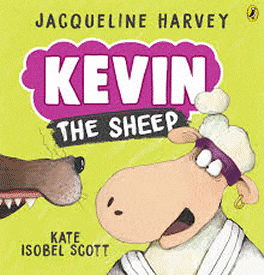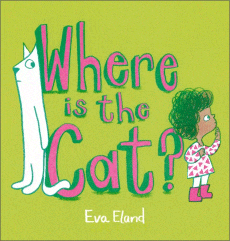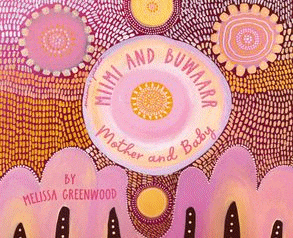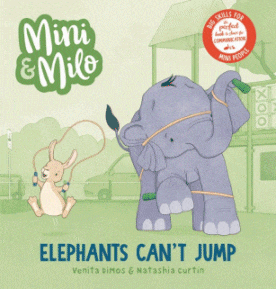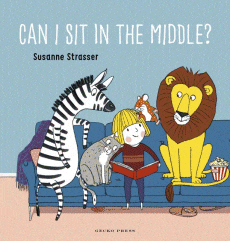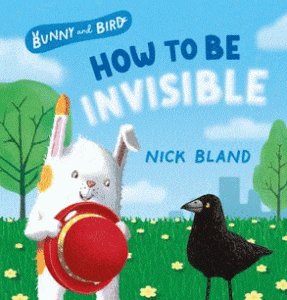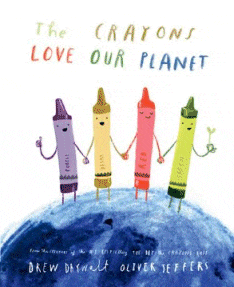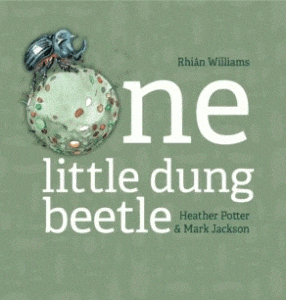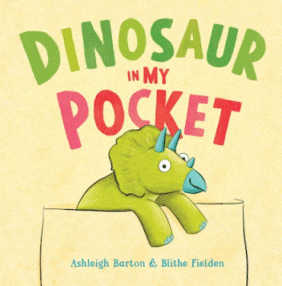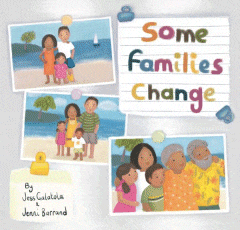
Some Families Change
Some Families Change
Jess Galatola
Jenni Barrand
EK Books, 2024
32pp., hbk., RRP $A24.99
9781922539670
For most children, their family is their safe haven and they expect it to be the same format/structure. arrangement that they know for ever and ever. And, in the past, that was usually the case with perhaps the addition of a baby or the death of an elderly relative the only changes to their world. In the 50s, the term “nuclear family” was coined and it commonly consisted of two adults, a male and female, who were married, had 2.4children of their own making with the adult male being the patriarch. And sadly, for many, this remains the “norm” embedded in their social, cultural or religious value systems meaning that those who choose or have to live outside of that model can be ostracised if not condemned and the casualties are many.
Today’s lifestyles mean that this is very different from even the time when I was a child and to some kids, change can be confusing and challenging, and if the change is not a positive one, they can shoulder the responsibility and begin the “If only I…” tail-chasing blame game. And so this book which covers scenarios including single-parent families, blended families, and the loss of a loved one, can be a reassuring guide for children experiencing such transitions using gentle verse and illustrations that clearly show a photo of any family in the class will be different to the photo of any other. As Ms Molly said, so wisely in Heather has Two Mummies, “It doesn’t matter who makes up a family, the most important thing is that all the people in it love one another very much.”
The core Foundation Year unit of the Humanities and Social Sciences strand of the Australian Curriculum calls for children to know and understand “the people in their family, where they were born and raised, and how they are related to each other” and thus this book is an essential part of that understanding as they learn that not only are families different but also that theirs might change.
